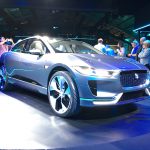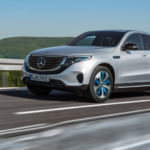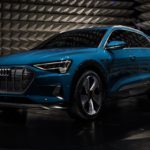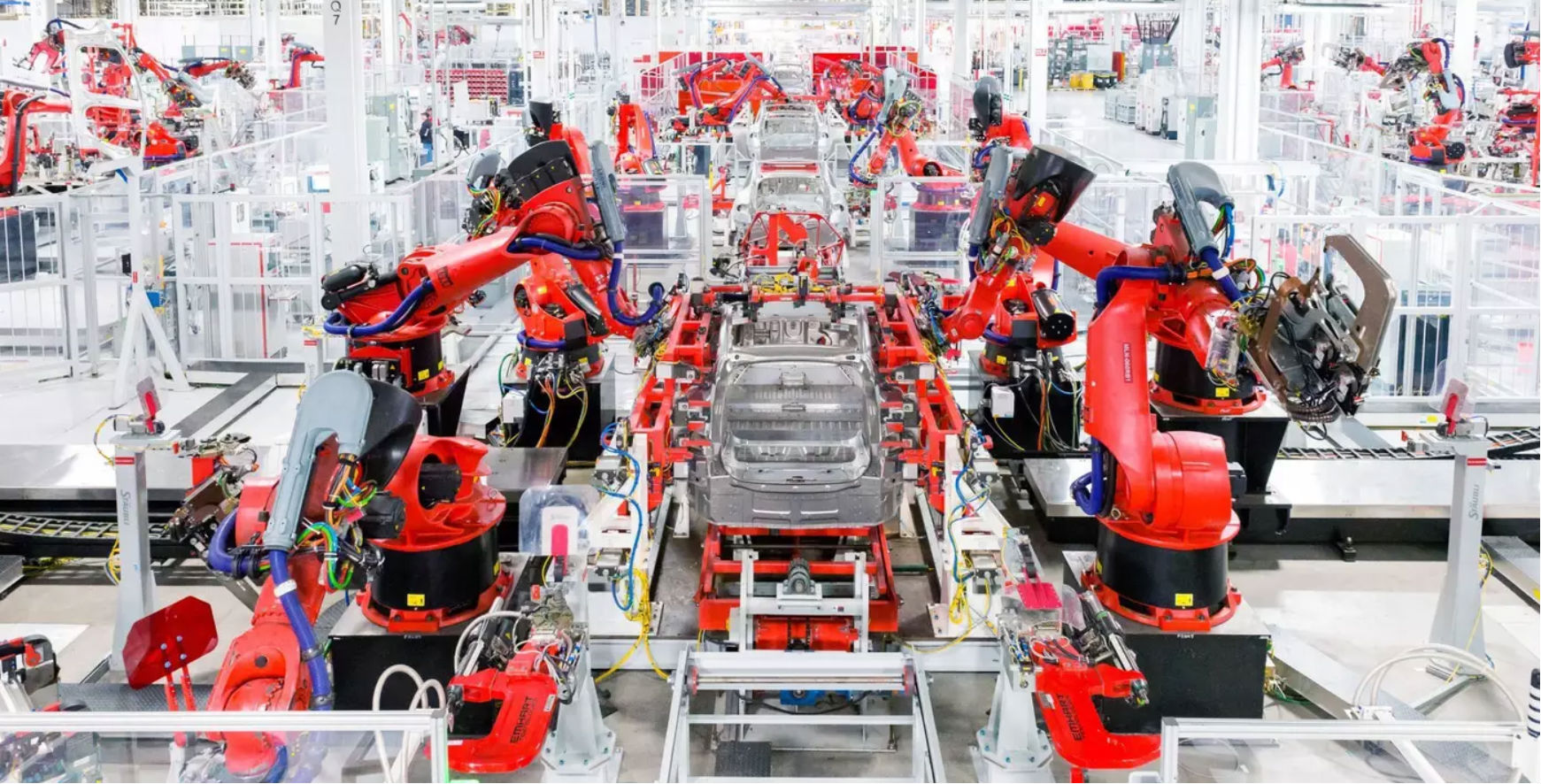
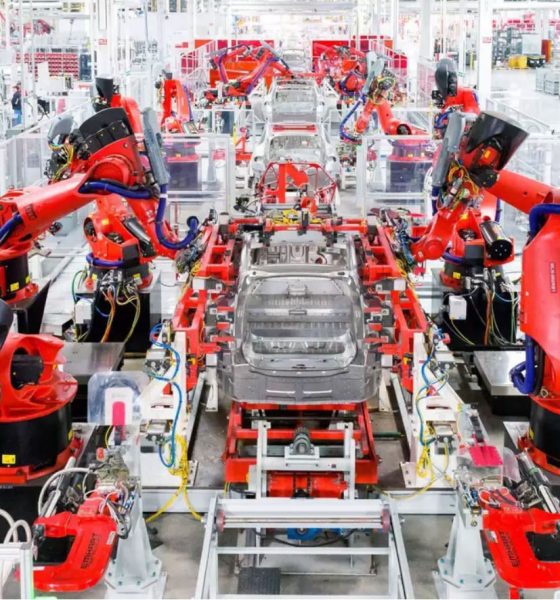
Investor's Corner
Tesla’s 3rd-largest shareholder discusses legacy auto’s ‘Kodak moment’
Amidst Tesla’s continuous rise, its disruption of the car industry is becoming more prevalent. This point was reiterated recently by a major Tesla shareholder, who noted that legacy automakers, with their decades of experience, might be facing their very own “Kodak moment.”
In a recent statement to Morningstar UK, Baillie Gifford manager Iain McCombie remarked that Tesla’s immense growth and potential remains remarkable. McCombie noted that despite short-term noise about Model 3 production, volume is beginning to come through, as evidenced by the company’s pleasantly surprising third-quarter results. The Baillie Gifford executive added that Tesla had already surpassed Daimler’s car sales in the US — a feat that seemed impossible just a few years ago.
“Now, Daimler’s been in the market for 100-plus years and here’s this upstart and they’re outselling them in the US. If you’d said that a few years ago, you’d probably have been locked up, but that’s happening,” he said.
While McCombie admitted that Baillie Gifford might be wrong about its optimistic outlook on Tesla, the finance veteran stated that at this point, it is legacy automakers that are currently feeling the pressure. With the success of Tesla and the apparent strong demand for electric vehicles, veteran carmakers are at risk of losing a core part of their business — the internal combustion engine. McCombie noted that this is reminiscent of what Kodak faced during the advent of the digital camera.
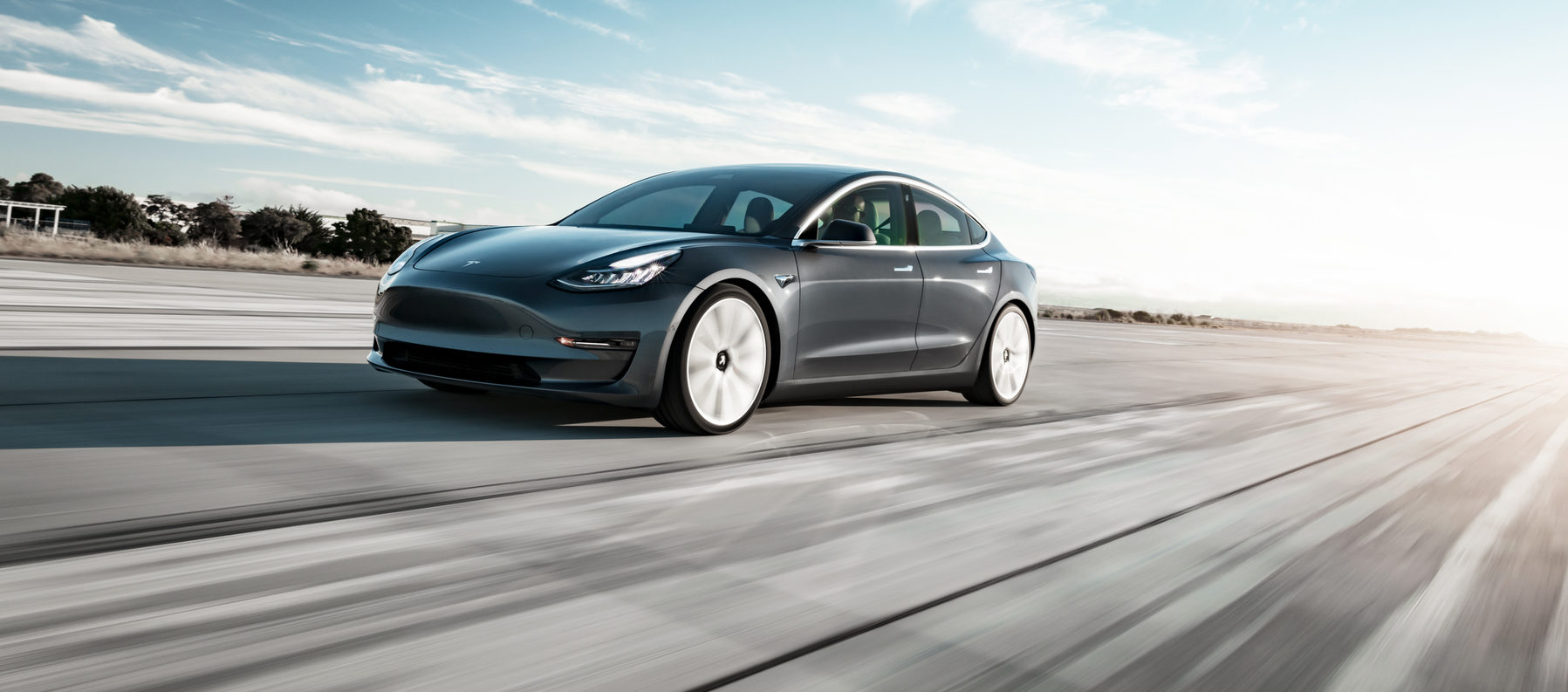
“They spent hundreds of years building up their know-how in industrial combustion engines, and they do a great job with that, but what happens if all of us are suddenly saying ‘oh, I want an electric car’? Suddenly, that know-how is useless. What happened with Kodak is they actually discovered the digital camera, but they buried it because it was too frightening for them. They thought it would kill their film business. But the fact that they didn’t innovate killed Kodak,” he said.
Faced with their very own “Kodak moment,” the Baillie Gifford manager stated that veteran carmakers, at least for now, remain centered on their legacy products. Amidst a market that is changing its preference, though, traditional auto is running the risk of being pushed out during the transition.
“Maybe they are launching electric vehicles, but the bulk of their sales are still coming from legacy products. They’ve built wonderful businesses for themselves, but what happens when the business is changing? That’s why your Tesla is exciting, because they don’t have those legacy issues,” McCombie said.
Baillie Gifford is among Tesla’s largest shareholders, third only to Elon Musk and T. Rowe Price. As of September, Baillie Gifford held a 7.8% stake at the electric car maker.
The absence of compelling electric vehicles from Tesla’s competitors was a key driver for some skeptics when they changed their stance on the company. Ahead of Tesla’s third-quarter earnings call, for one, Andrew Left of Citron Research, one of the electric car maker’s most vocal critics, turned bullish on the company, citing the dominance of the Model 3 in the US passenger car market. Left also noted that there is no “Tesla Killer” coming from rival automakers.
- The Jaguar I-PACE.
- The new Mercedes-Benz EQC – the first Mercedes-Benz under the product and technology brand EQ. With its seamless, clear design, the EQC is a pioneer for an avant-garde electric look with trailblazing design details and colour highlights typical of the brand both inside and out. [Credit: Mercedes-Benz]
- The Audi e-tron. (Credit: Audi)
Brad Cornell, a hedge fund manager who believes that Tesla is overvalued, recently admitted that he had overestimated the company’s competition as well. Cornell admitted that in his past analyses and forecasts, he did not expect Tesla’s competition to roll out electric vehicles in such a slow manner. Apart from this, Cornell noted that legacy auto’s entries into the zero-emissions market have been largely uninspired. As such, vehicles like Teslas, which are green, attractive, and powerful, are becoming the EVs of choice for customers looking to buy an electric car.
“One thing I did not evaluate accurately when I began constructing valuation models for Tesla in early 2014 was how slow the competition would be to produce electric cars that people would want to drive. Tesla competitors, to the extent that any appeared, seemed to be saying that the point of an electric car was to be green and efficient, not sexy or exciting. Only Tesla had the design, the pizzazz, and the performance to make driving special and not a chore.
“My mistake in 2014 was thinking that competition for Tesla was just around the corner. Now, at the end of 2018, it is still just around the corner. Although Jaguar has been promising the I-PACE for some time, my visits to dealers have been rewarded only with promises. The same is true for the Porsche Taycan. There is not a meaningful Tesla competitor available today or in the near future,” Cornell said.
Tesla, for its part, continues to move forward. In Elon Musk’s recent interview with Kara Swisher at the Recode Decode podcast, the Tesla CEO stated that Tesla would be cash-flow positive in all quarters moving forward. Musk was also optimistic about Model 3 production, stating that Tesla is currently capable of producing 6,000-6,500 units of the electric sedan per week, though it would require employees to do a lot of overtime.

Investor's Corner
Tesla stock closes at all-time high on heels of Robotaxi progress

Tesla stock (NASDAQ: TSLA) closed at an all-time high on Tuesday, jumping over 3 percent during the day and finishing at $489.88.
The price beats the previous record close, which was $479.86.
Shares have had a crazy year, dipping more than 40 percent from the start of the year. The stock then started to recover once again around late April, when its price started to climb back up from the low $200 level.
This week, Tesla started to climb toward its highest levels ever, as it was revealed on Sunday that the company was testing driverless Robotaxis in Austin. The spike in value pushed the company’s valuation to $1.63 trillion.
Tesla Robotaxi goes driverless as Musk confirms Safety Monitor removal testing
It is the seventh-most valuable company on the market currently, trailing Nvidia, Apple, Alphabet (Google), Microsoft, Amazon, and Meta.
Shares closed up $14.57 today, up over 3 percent.
The stock has gone through a lot this year, as previously mentioned. Shares tumbled in Q1 due to CEO Elon Musk’s involvement with the Department of Government Efficiency (DOGE), which pulled his attention away from his companies and left a major overhang on their valuations.
However, things started to rebound halfway through the year, and as the government started to phase out the $7,500 tax credit, demand spiked as consumers tried to take advantage of it.
Q3 deliveries were the highest in company history, and Tesla responded to the loss of the tax credit with the launch of the Model 3 and Model Y Standard.
Additionally, analysts have announced high expectations this week for the company on Wall Street as Robotaxi continues to be the focus. With autonomy within Tesla’s sights, things are moving in the direction of Robotaxi being a major catalyst for growth on the Street in the coming year.
Elon Musk
Tesla needs to come through on this one Robotaxi metric, analyst says
“We think the key focus from here will be how fast Tesla can scale driverless operations (including if Tesla’s approach to software/hardware allows it to scale significantly faster than competitors, as the company has argued), and on profitability.”

Tesla needs to come through on this one Robotaxi metric, Mark Delaney of Goldman Sachs says.
Tesla is in the process of rolling out its Robotaxi platform to areas outside of Austin and the California Bay Area. It has plans to launch in five additional cities, including Houston, Dallas, Miami, Las Vegas, and Phoenix.
However, the company’s expansion is not what the focus needs to be, according to Delaney. It’s the speed of deployment.
The analyst said:
“We think the key focus from here will be how fast Tesla can scale driverless operations (including if Tesla’s approach to software/hardware allows it to scale significantly faster than competitors, as the company has argued), and on profitability.”
Profitability will come as the Robotaxi fleet expands. Making that money will be dependent on when Tesla can initiate rides in more areas, giving more customers access to the program.
There are some additional things that the company needs to make happen ahead of the major Robotaxi expansion, one of those things is launching driverless rides in Austin, the first city in which it launched the program.
This week, Tesla started testing driverless Robotaxi rides in Austin, as two different Model Y units were spotted with no occupants, a huge step in the company’s plans for the ride-sharing platform.
Tesla Robotaxi goes driverless as Musk confirms Safety Monitor removal testing
CEO Elon Musk has been hoping to remove Safety Monitors from Robotaxis in Austin for several months, first mentioning the plan to have them out by the end of 2025 in September. He confirmed on Sunday that Tesla had officially removed vehicle occupants and started testing truly unsupervised rides.
Although Safety Monitors in Austin have been sitting in the passenger’s seat, they have still had the ability to override things in case of an emergency. After all, the ultimate goal was safety and avoiding any accidents or injuries.
Goldman Sachs reiterated its ‘Neutral’ rating and its $400 price target. Delaney said, “Tesla is making progress with its autonomous technology,” and recent developments make it evident that this is true.
Investor's Corner
Tesla gets bold Robotaxi prediction from Wall Street firm
Last week, Andrew Percoco took over Tesla analysis for Morgan Stanley from Adam Jonas, who covered the stock for years. Percoco seems to be less optimistic and bullish on Tesla shares, while still being fair and balanced in his analysis.

Tesla (NASDAQ: TSLA) received a bold Robotaxi prediction from Morgan Stanley, which anticipates a dramatic increase in the size of the company’s autonomous ride-hailing suite in the coming years.
Last week, Andrew Percoco took over Tesla analysis for Morgan Stanley from Adam Jonas, who covered the stock for years. Percoco seems to be less optimistic and bullish on Tesla shares, while still being fair and balanced in his analysis.
Percoco dug into the Robotaxi fleet and its expansion in the coming years in his latest note, released on Tuesday. The firm expects Tesla to increase the Robotaxi fleet size to 1,000 vehicles in 2026. However, that’s small-scale compared to what they expect from Tesla in a decade.
Tesla expands Robotaxi app access once again, this time on a global scale
By 2035, Morgan Stanley believes there will be one million Robotaxis on the road across multiple cities, a major jump and a considerable fleet size. We assume this means the fleet of vehicles Tesla will operate internally, and not including passenger-owned vehicles that could be added through software updates.
He also listed three specific catalysts that investors should pay attention to, as these will represent the company being on track to achieve its Robotaxi dreams:
- Opening Robotaxi to the public without a Safety Monitor. Timing is unclear, but it appears that Tesla is getting closer by the day.
- Improvement in safety metrics without the Safety Monitor. Tesla’s ability to improve its safety metrics as it scales miles driven without the Safety Monitor is imperative as it looks to scale in new states and cities in 2026.
- Cybercab start of production, targeted for April 2026. Tesla’s Cybercab is a purpose-built vehicle (no steering wheel or pedals, only two seats) that is expected to be produced through its state-of-the-art unboxed manufacturing process, offering further cost reductions and thus accelerating adoption over time.
Robotaxi stands to be one of Tesla’s most significant revenue contributors, especially as the company plans to continue expanding its ride-hailing service across the world in the coming years.
Its current deployment strategy is controlled and conservative to avoid any drastic and potentially program-ruining incidents.
So far, the program, which is active in Austin and the California Bay Area, has been widely successful.
